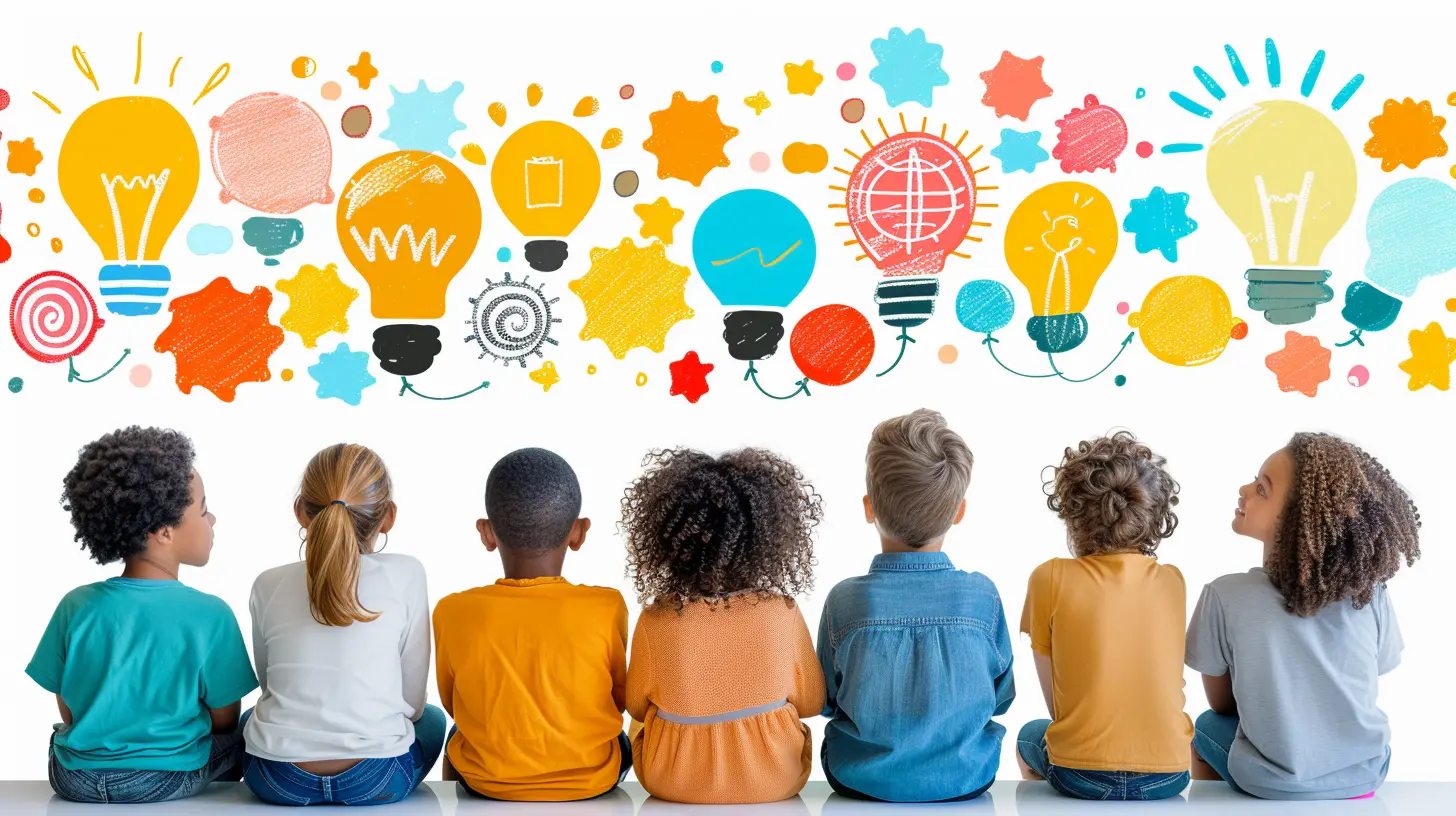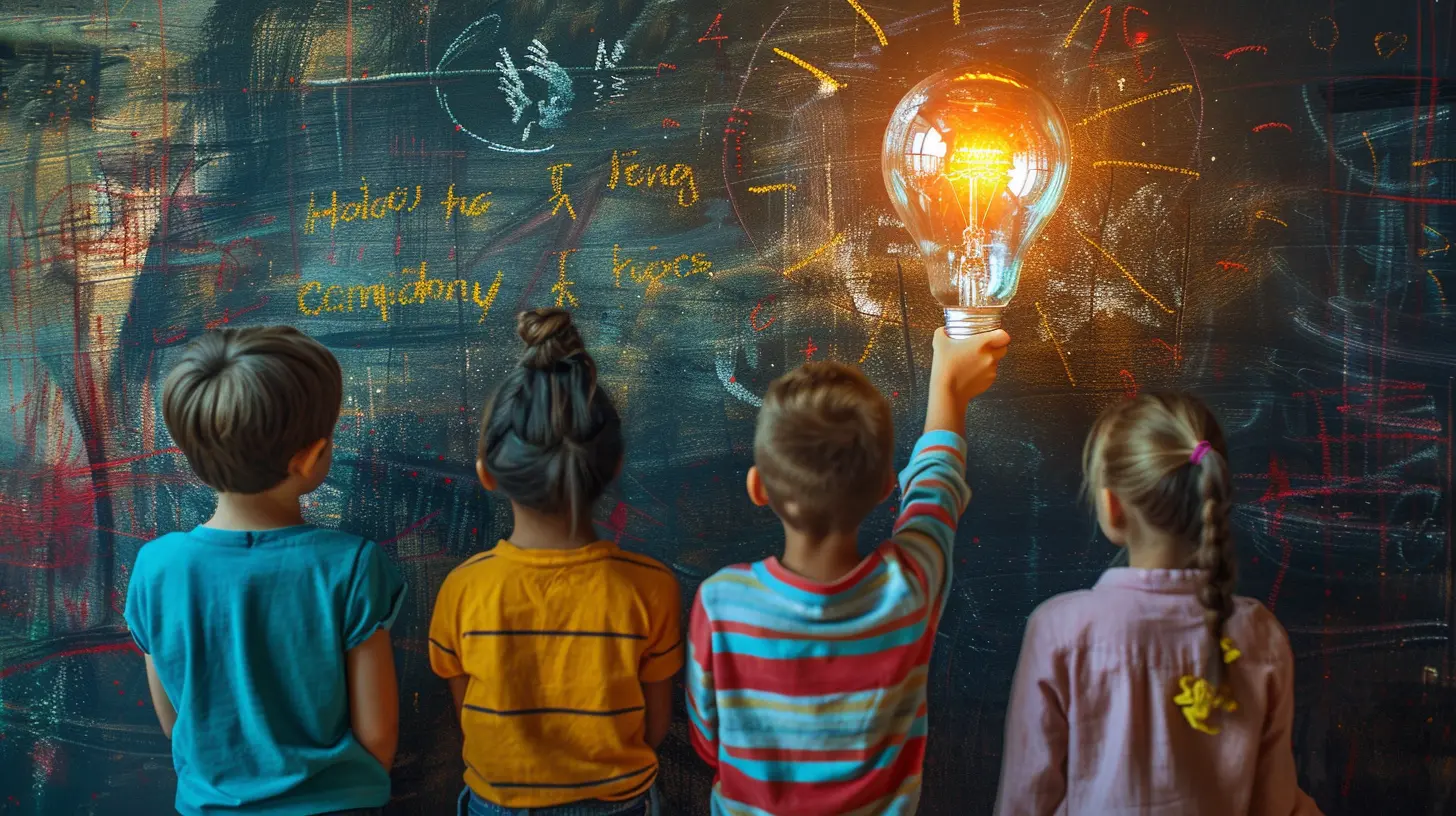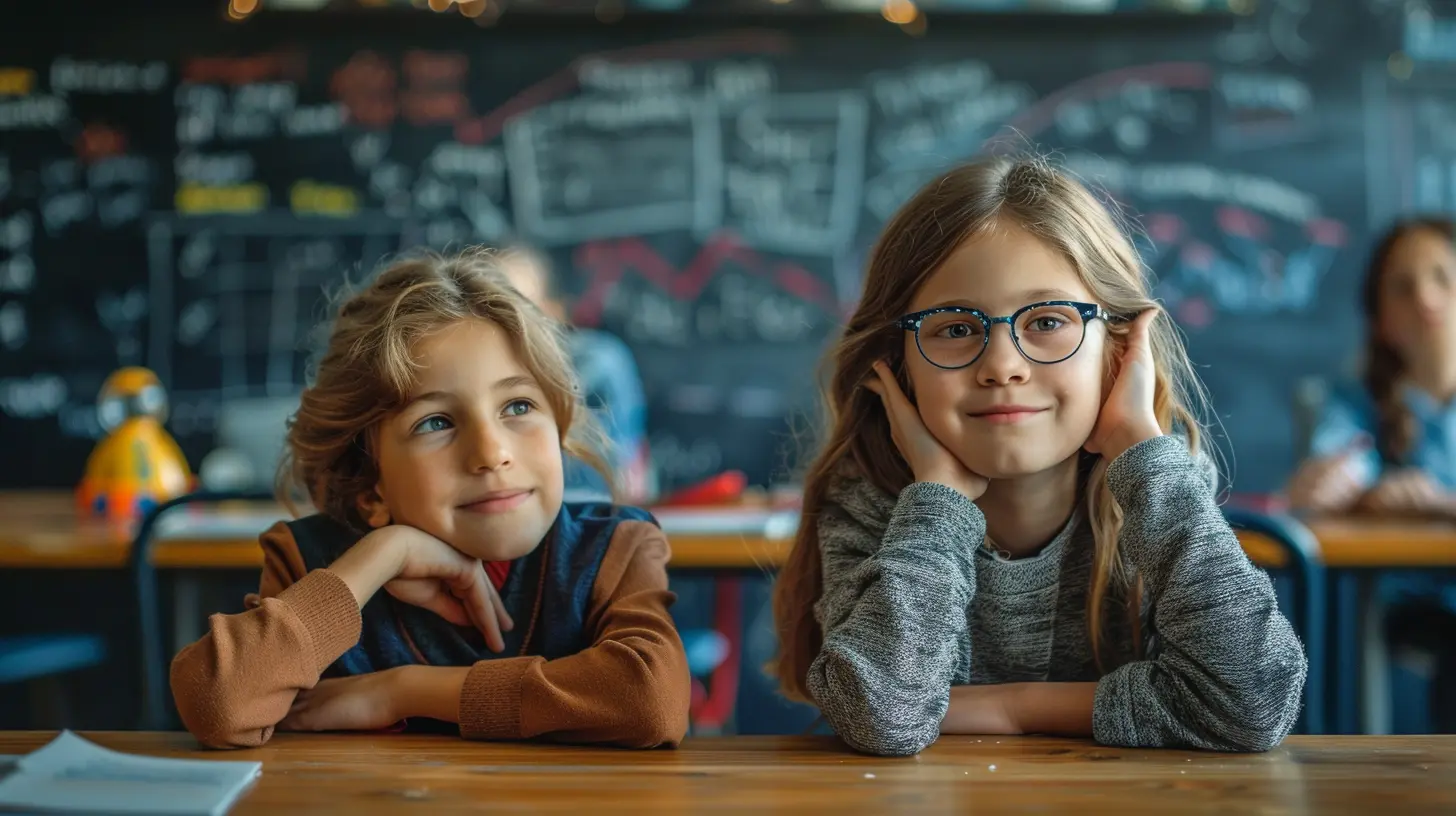How the Flipped Classroom Encourages Critical Thinking
19 October 2025
Ever wished your classroom felt less like a lecture hall and more like a springboard for your ideas? Well, you're not alone. Traditional education models are slowly giving way to something more dynamic, more interactive — and way more effective at sharpening those intellectual tools. One such model making waves in education? The flipped classroom.
Let’s break it down, chat about how it works, and dive deep into why it’s such a solid way to get students thinking critically — not just memorizing for the next test.
What Is a Flipped Classroom, Anyway?
Imagine walking into a class where you already know the basic concepts you need for that day. There’s no lecture. Instead, you get to tackle real problems, ask your burning questions, and truly absorb the material through hands-on activities — all while your teacher is right there guiding you.Sounds refreshing, doesn’t it?
That’s the flipped classroom in action. Instead of receiving content during class and doing practice afterwards (like homework), students first engage with the content at home — through videos, readings, or interactive tools — and then apply that knowledge in class.
Total role reversal. But in the best way possible.
Why the Traditional Model Falls Short
Let’s be honest — sitting through a long lecture can feel like watching paint dry. We’ve all zoned out, right? The traditional "listen and take notes" setup often reduces students to passive participants. You’re expected to absorb information like a sponge and magically reproduce it later — with little room for questioning, discussion, or application.But here's the kicker: critical thinking doesn't grow in passive environments. It thrives where questions are asked, opinions are challenged, and ideas are put to the test.
That’s why the flipped classroom isn’t just a trendy method — it's a thoughtful response to a real educational gap.
The Core Idea: Shifting the Learning Responsibility
The flipped classroom puts the ball squarely in the student’s court. And that's huge.Now, instead of waiting for a teacher to feed them information, students interact with the content on their own terms first. This autonomy doesn’t just help them learn — it teaches them how to learn. And when they show up to class, they've already built a foundation from which deeper learning can happen.
Think about that for a second. Isn’t that the very essence of critical thinking? Taking raw information, analyzing it, questioning it, and making sense of it in a meaningful way?
How Critical Thinking Enters the Scene
Let’s get to the juicy part — how exactly does this method encourage critical thinking?1. In-Class Time Means Deeper Engagement
In a flipped classroom, class time transforms into a hub for collaboration, problem solving, debate, and hands-on learning. Instead of sitting in silence, students are invited to engage actively:- Debating perspectives
- Solving complex case studies
- Making real-world connections
- Engaging in peer feedback
All of these activities naturally foster inquiry and reasoning. It’s less about getting the “right” answer and more about understanding how to get there.
2. Students Learn at Their Own Pace
Not everyone learns the same way — or at the same speed. Traditional lectures don’t account for that. But recorded videos and materials in a flipped classroom can be replayed, paused, skipped, or rewatched as needed.This flexibility leads to better comprehension — and better questions. When students aren't struggling just to "catch up," they have the mental space to think more critically about what they're learning.
3. Teachers Become Learning Coaches
In a flipped classroom, the teacher isn’t the “sage on the stage” anymore. They’re more like a coach or guide.This shift allows for one-on-one attention and personalized feedback. More importantly, teachers get to prompt students with deeper questions like:
- “Why do you think that?”
- “How does that connect with what we covered last week?”
- “Can you think of a real-world example?”
These prompts encourage students to think critically instead of parroting information.
Real Examples of Critical Thinking in Action
Let’s paint a picture. Imagine a high school history class using the flipped model. Students watch a video at home about the causes of the Cold War. By the time they come to class, they’re not just repeating facts — they’re analyzing political motives, debating who was more at fault, or simulating a diplomatic negotiation.Now that’s a whole different kind of learning.
Or take a science class. Instead of listening to a lecture on photosynthesis, students come prepared with a basic understanding. In class, they run experiments or interpret unusual data patterns that challenge their preconceptions. This type of analytical thinking develops critical problem-solving skills — the kind students actually need in everyday life.
Encouraging Self-Reflection and Metacognition
Another powerful tool in the flipped classroom’s kit is its ability to get students thinking… about their thinking.When students engage with material outside of class, they start noticing what confuses them, what interests them, and what they need help with. That kind of self-awareness is called metacognition. It's like having a bird’s-eye view of your own brain.
This reflection naturally fosters critical thinking because it encourages learners to evaluate their understanding, seek clarification, and refine how they approach problems.
Collaboration: Peer Learning Builds Critical Thinkers
In the flipped setting, classmates often become learning partners. Whether they're working in groups, engaging in discussion boards, or reviewing each other's projects, students see how others think — which challenges and expands their own thinking.This peer-driven learning environment nurtures not just critical thinking, but also empathy, teamwork, and open-mindedness.
And honestly? That’s preparing them for the real world, not just the next exam.
Technology: The Flipped Classroom's Secret Weapon
Here’s another advantage: the flipped model thrives by leveraging tech. Whether it’s video lectures, discussion forums, simulations, or interactive quizzes — the right tools can turn passive learning into an immersive experience.And when content is delivered through modern tech, students are more likely to engage with it deeply. Let's be real — watching a video you can pause and rewind is way more user-friendly than frantic note-taking during a 45-minute monologue.
Plus, educators can track who’s watching what, where students are struggling, and which concepts need more attention. Data = insight = better support for critical thinking.
Common Misconceptions About the Flipped Classroom
Let’s clear the air on a few things:- “It’s just sending students home with homework.” Nope. Flipped learning is structured. The content they get at home is carefully curated to lay the groundwork for rich in-class discussion and application.
- “It only helps advanced students.” Actually, the opposite is often true. Struggling students benefit the most from the ability to rewatch and review materials as many times as needed.
- “It’s only about technology.” While tech helps, the flipped classroom is really about shifting the mindset from passive to active learning.
Tips for Making the Flip (For Educators)
If you’re an educator itching to dive into this model, here are a few quick tips:1. Start small – Try flipping one lesson or unit before redesigning the entire course.
2. Choose engaging content – Keep videos short, clear, and focused. Or use articles, podcasts, or slideshows.
3. Set expectations early – Let students know why you're flipping and how to prepare.
4. Make in-class time count – Don’t just review the video. Get students working, talking, and thinking.
5. Be flexible – Every group of students is different. Be ready to adapt and evolve.
Final Thoughts: Raising Thinkers, Not Information Machines
If you made it all the way here, you probably already agree that our education system needs a shake-up. The flipped classroom lights a fire under how we learn. It takes passive receivers and turns them into active explorers, curious problem-solvers, and critical thinkers.And in a world that keeps changing at warp speed, what skill is more valuable than the ability to think for yourself?
So whether you’re a student hungry for more hands-on learning or an educator tired of blank stares during lectures — maybe it’s time to flip the script.
all images in this post were generated using AI tools
Category:
Flipped ClassroomAuthor:

Eva Barker
Discussion
rate this article
1 comments
Lyla Franklin
Flipped classrooms promote active engagement, fostering deeper understanding and critical thinking skills in students.
October 29, 2025 at 2:04 PM

Eva Barker
Thank you for your insightful comment! I completely agree that flipped classrooms significantly enhance student engagement and critical thinking.


